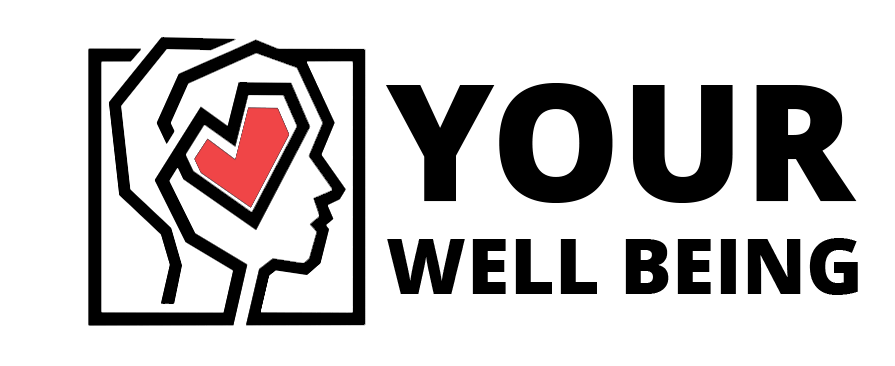Shopping Addiction
Shopping addiction, also known as compulsive buying disorder, is a condition characterized by an overwhelming urge to shop and make purchases without need or financial capability. This type of behavior often leads to significant personal, financial, and emotional distress. Individuals with shopping addiction tend to experience a high from the act of buying, which temporarily relieves negative emotions or stress. However, this relief is short-lived and typically results in a cycle of increased anxiety, guilt, and depression as the consequences of overspending become apparent. The compulsion to shop can be triggered by various factors including emotional distress, the desire to maintain a certain lifestyle or image, and the influence of advertising and societal pressures.
The impact of shopping addiction extends beyond financial troubles; it can strain relationships, affect mental health, and even lead to legal issues. Treatment for shopping addiction often involves therapy to address the underlying emotional triggers, developing healthier coping mechanisms, and sometimes participating in support groups like Debtors Anonymous. Understanding the psychological roots of this addiction is crucial for recovery. Strategies such as setting spending limits, avoiding trigger situations like browsing online shopping sites without a clear purpose, and seeking emotional support from friends or professionals can also help manage compulsive buying behaviors. Ultimately, overcoming shopping addiction requires a comprehensive approach that addresses both the behavioral aspects of the disorder and its emotional underpinnings.

